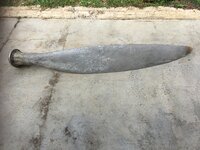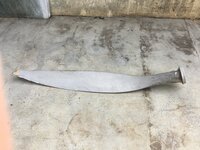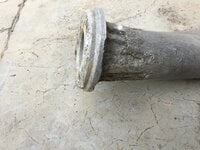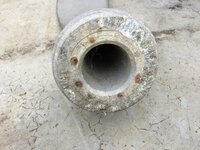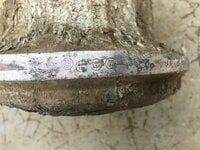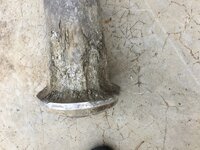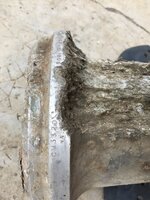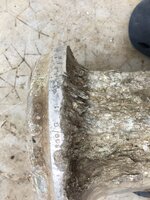Dear all,
I'd like your help in identifying a propeller blade which must date from the early '40s.
The bore in the axis of the blade root and the shape of the base would seem to be a "Hamilton standard".
Would it be possible, with the punches (DHA452…) and the reference (CM3320), to identify the aircraft to which this propeller blade would have been fitted?
I know that the LeO-453 also had a standard Hamilton propeller, but this blade seems to be older.
Thank you for your help.
I'd like your help in identifying a propeller blade which must date from the early '40s.
The bore in the axis of the blade root and the shape of the base would seem to be a "Hamilton standard".
Would it be possible, with the punches (DHA452…) and the reference (CM3320), to identify the aircraft to which this propeller blade would have been fitted?
I know that the LeO-453 also had a standard Hamilton propeller, but this blade seems to be older.
Thank you for your help.

